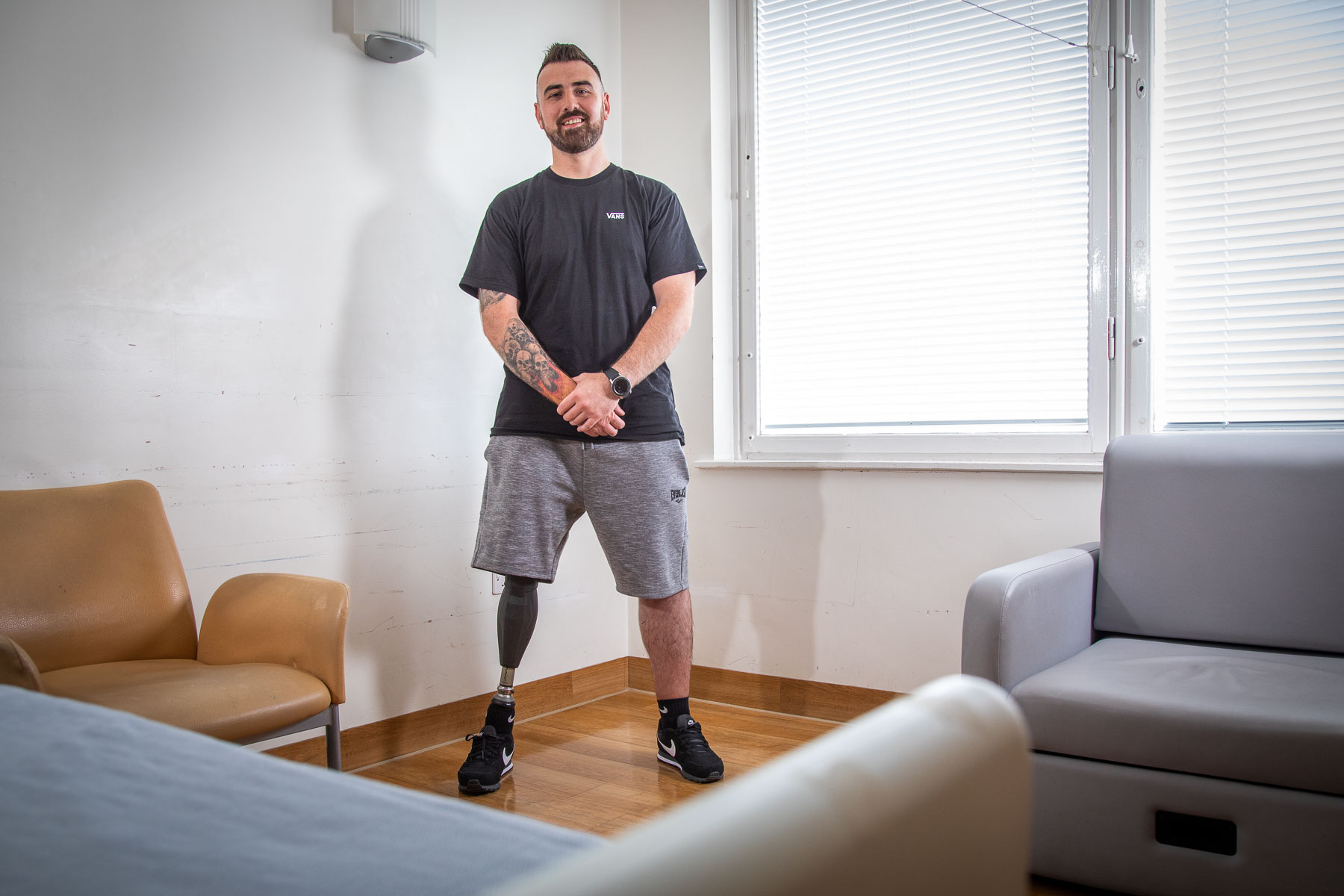Phantom Limb Pain (PLP)
What is Phantom Limb Pain?
The perception that your amputated part is still present is very common, with more than 80% of amputees describing this phenomenon in some form. However, in up to 30%, this perception becomes so intense that it is disabling. Patients then describe “burning”, “stabbing”, “twisting”, “cramping”, “crushing” or “throbbing” pain, which appears to originate within the absent part. There are many factors that could make you more likely to develop PLP. At the top of this list is a brachial plexus injury.
Quick facts
- There are two types of nerve-related pain: Neuroma Pain and Phantom Limb Pain.
- Each type of pain has a different surgical and/or non-surgical solution.
- Every patient is unique, and we will tailor our approach to your needs.
What treatments are available?
There are many treatments that have previously been described for PLP, but very few have proven effective in the long term. However, there is an increasing body of evidence suggesting that the root cause of PLP is the loss of the normal feedback to the central nervous system from the amputated or damaged parts of your limb.
Using TMR or RPNI surgery, it is now possible to provide that missing feedback. This provides patients with a predictable, reproducible, and durable solution to their PLP. Importantly, for patients where TMR or RPNI surgery is not suitable, there are also an increasing number of non-surgical methods for treating PLP including mirror therapy or augmented reality. At Relimb™, we can help you to access these treatments as well.

What treatments are available?

There are many treatments that have previously been described for PLP, but very few have proven effective in the long term. However, there is an increasing body of evidence suggesting that the root cause of PLP is the loss of the normal feedback to the central nervous system from the amputated or damaged parts of your limb.
Using TMR or RPNI surgery, it is now possible to provide that missing feedback. This provides patients with a predictable, reproducible, and durable solution to their PLP. Importantly, for patients where TMR or RPNI surgery is not suitable, there are also an increasing number of non-surgical methods for treating PLP including mirror therapy or augmented reality. At Relimb™, we can help you to access these treatments as well.
Book an appointment or speak to our team
Whether you want to book an appointment, get a quotation or just want to talk through your options, we want to hear from you! Please contact our dedicated enquiries team who are available Monday – Friday from 8am – 6pm on 020 7317 7751 or rf-tr.privateenquiries@nhs.net.
